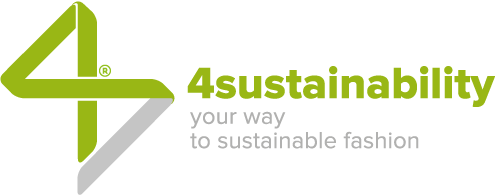What is vegan and what is sustainable? The two terms do not mean the same thing, quite the opposite. Consciously or not, many fashion brands misuse the former. And there are not a few cases of those who profess to be vegan without equal attention to the environment. Let’s set the record straight to help consumers make informed purchasing choices as well.
What is vegan fashion? Simply, fashion made of clothes and accessories produced without harming animals, using materials and processes that do not endanger their health and lives. Basically, an item of clothing, a bag, a pair of shoes… can be called vegan if it is made without any use of wool, silk, leather or fur.
Are Vegan and Sustainable the same?
It is quite intuitive that vegan means neither environmentally friendly nor sustainable. PVC is a perfectly vegan choice, but the toxicity of this material and its impact on the environment are well known.
The first distinction to be made is between ethics and sustainability. Ethics concerns the rights and welfare of workers, for example, but also the issue of animal exploitation: is what allows us to choose between what we think is right and not right.
Sustainability properly understood – which implies taking into account its three dimensions: environmental, social, and economic-organizational – includes ethics, but also key aspects such as the impacts of production on the environment and, therefore, the resources consumed, processes, management of chemicals and waste…
A vegan person may find it wrong to wear a leather garment that was once a living being because his/her sensibility and ethics prevent him/her from doing so. This is an understandable and respectable position, but we are talking about ethics, not sustainability.
Are Vegan and Cruelty Free synonyms?
There is also often confusion about the expression Cruelty Free, which is not necessarily a requirement of vegan fashion. Cruelty Free refers only to testing on animals and how they are treated: cruelty-free, in fact. A product not tested on animals, therefore, is for all intents and purposes Cruelty Free, but it may still contain ingredients of animal origin.
Is vegan fashion planet friendly?
It is difficult to solve the issue with a yes or no answer. If we look only at the CO2 emissions caused by animal-derived materials versus those produced by vegan alternatives, the answer is generally yes. Life-cycle based assessments of products show that the production of bovine-derived leather results in higher greenhouse gas emissions than, for example, the production of cotton or polyester.
Some of these emissions come from methane produced by cows through digestion, others from food production and deforestation linked to the leather supply chain. Similar problems are for wool and silk, which require significant amounts of energy to be processed, and thus contribute more to global warming than synthetic alternatives such as polyester and acetate.
Durability, end of life-who wins?
To draw an intellectually honest conclusion about the vegan-sustainable comparison, one should consider all points of view, including the part that – comparative studies in hand – a leather good lasts on average longer than the corresponding product made from synthetic material. Idem for a wool sweater compared with vegan alternatives such as cotton, poly-cotton and polyester: in terms of durability, wool performs better.
Another relevant issue is that of microplastics released into waterways during the washing of synthetic garments. And then there is end-of-life management, which for garments and accessories with synthetic components poses some problems. Plant-based leather alternatives such as Piñatex, or Mylo, produced from pineapple waste and mushroom waste, respectively, are no exceptions: both have synthetic components and are therefore not fully biodegradable. Which, however, is also true for certain animal leather, whose biodegradability depends on the tanning process adopted to treat it.
What conclusions should be drawn?
With so many variables to take into account, no one wins in the end because there is no absolute best option. The issue is primarily cultural and involves all stakeholders in the system, including consumers who can push in one direction or the other with their purchasing choices.
“As with many aspects of sustainability, simplifying risks only aiding greenwashing. And comparing products with vegan features to products with reduced environmental impact is no exception”, explains Giovanni Graziani, Process Factory Consultant specializing in Environmental Footprint and LCA Analyses. “We need to consider all the variables of sustainability in order to strive for products ideally able to tell their own story, giving evidence of information about the supply chain, production models, raw materials, use of chemicals, attention to people…”.
The smarter goal is to work together to make all materials and products, vegan and nonvegan, sustainable. At that point, using animal or non-animal garments and accessories will truly be a personal ethical choice.
“Let’s think of a product composed of raw materials of animal origin, but from a recycling supply chains”, continues Giovanni. “Couldn’t we consider this approach both sustainable and ethical? Of course, we need to be able to rely on credible working tools that can handle complexity. Like the 4sustainability® framework, among others”.

